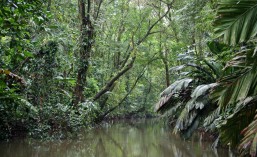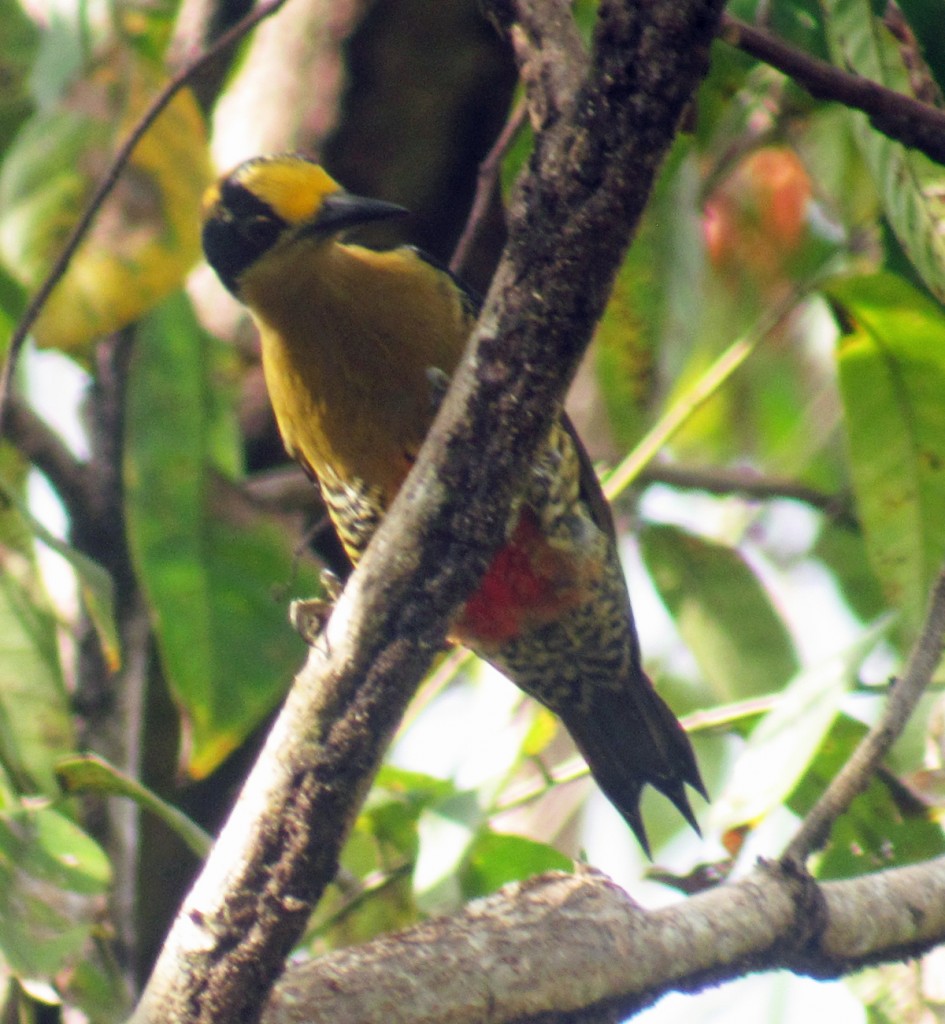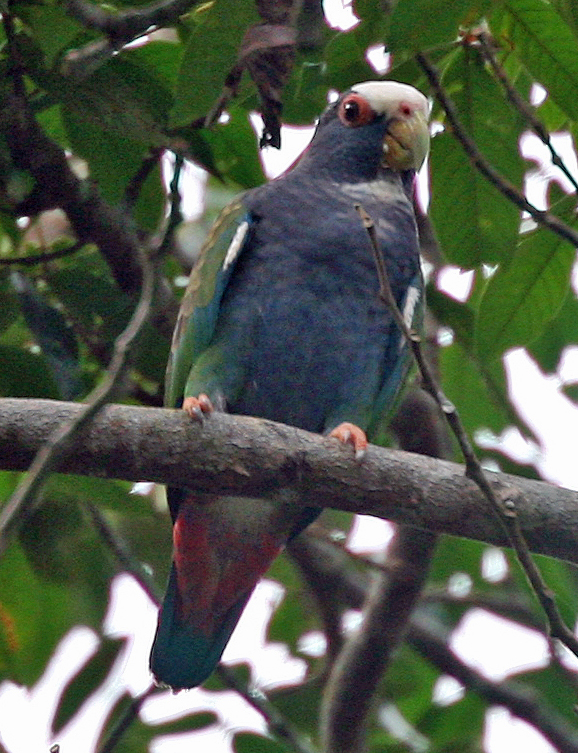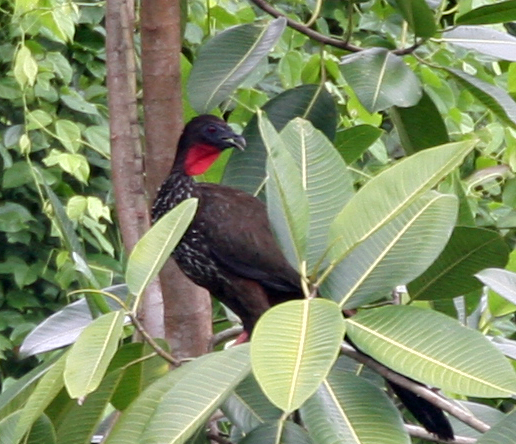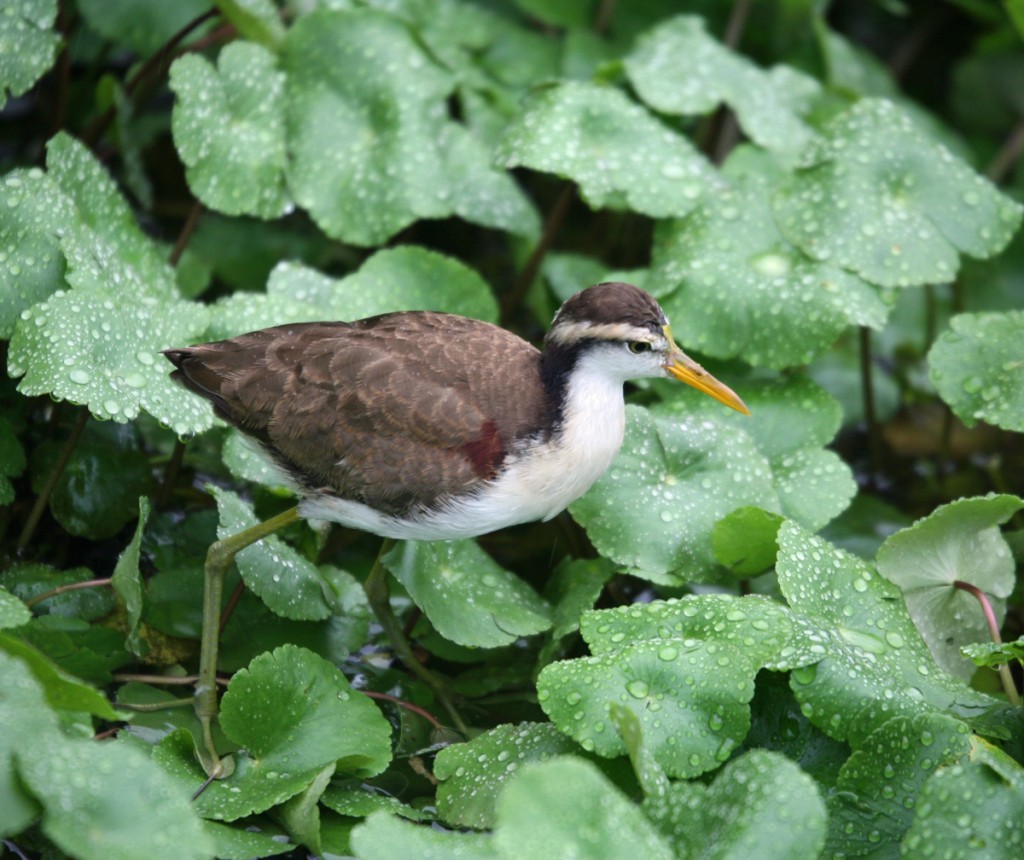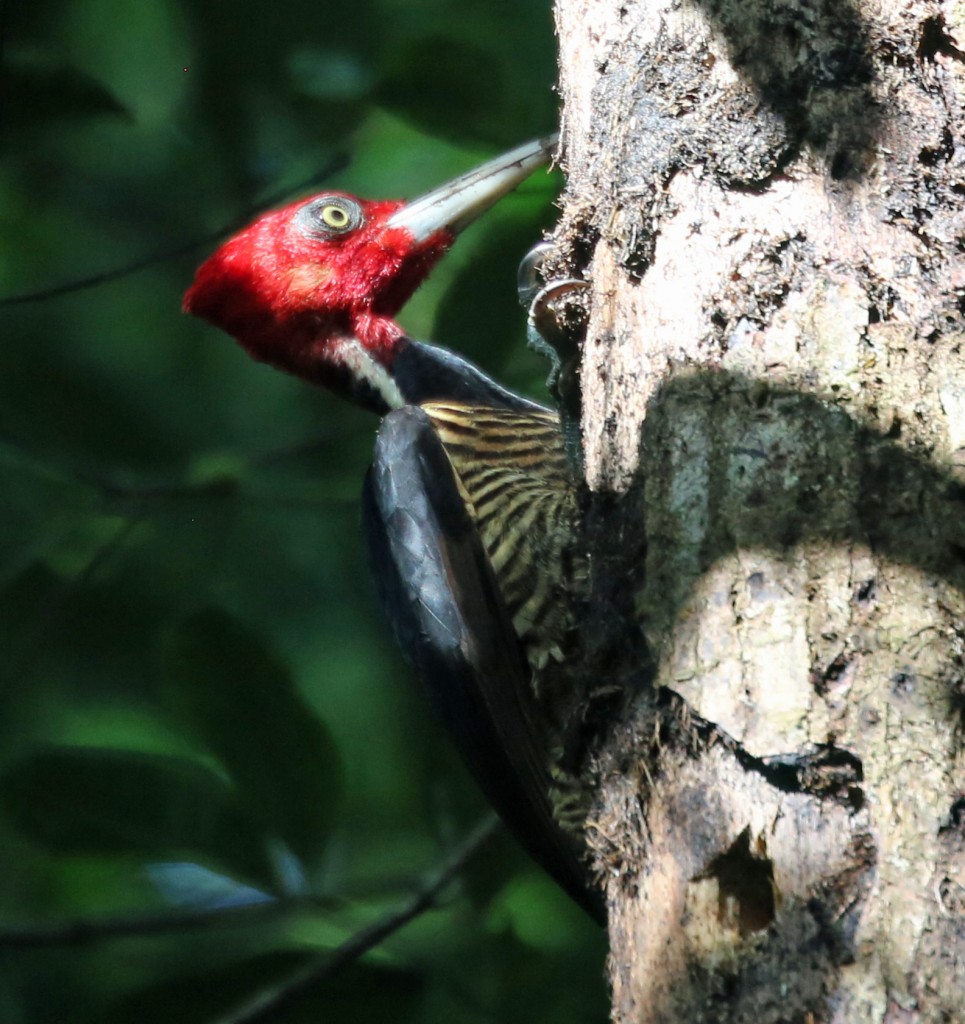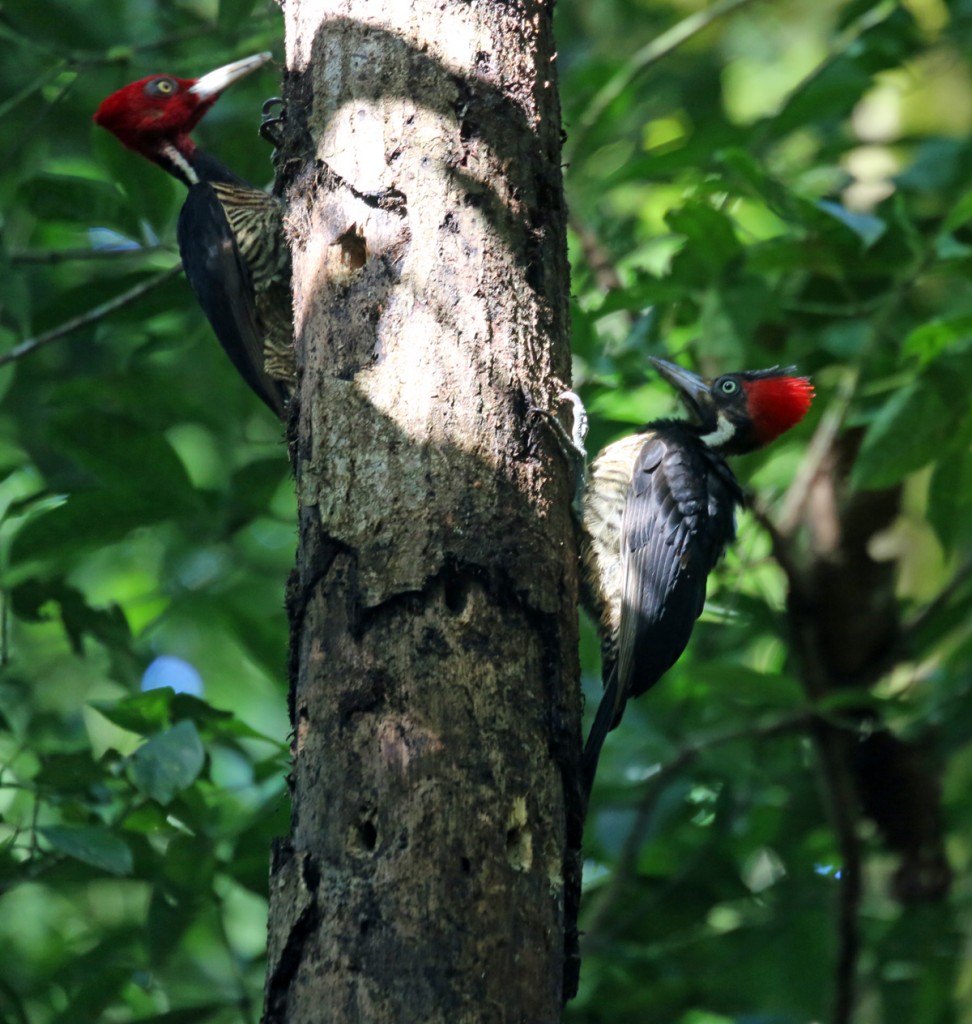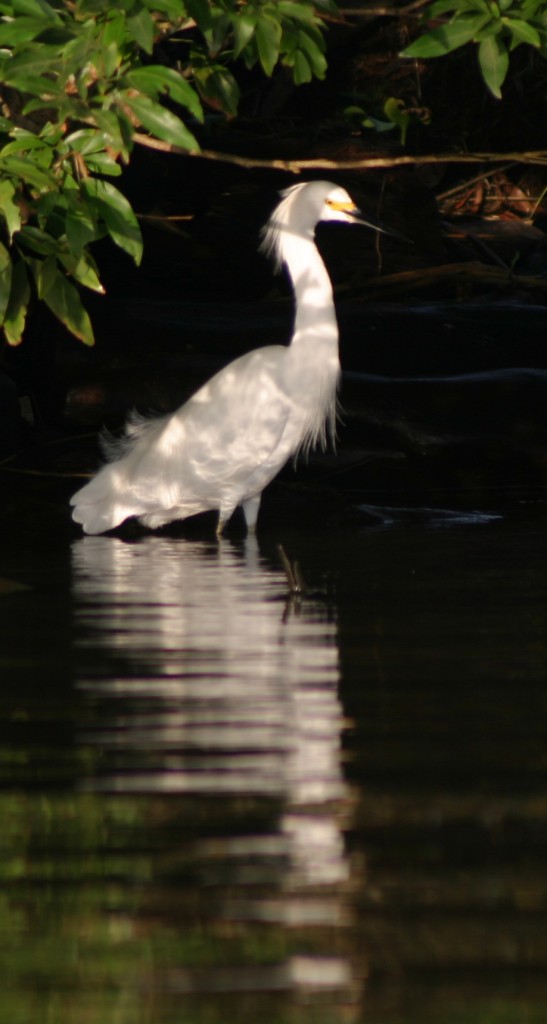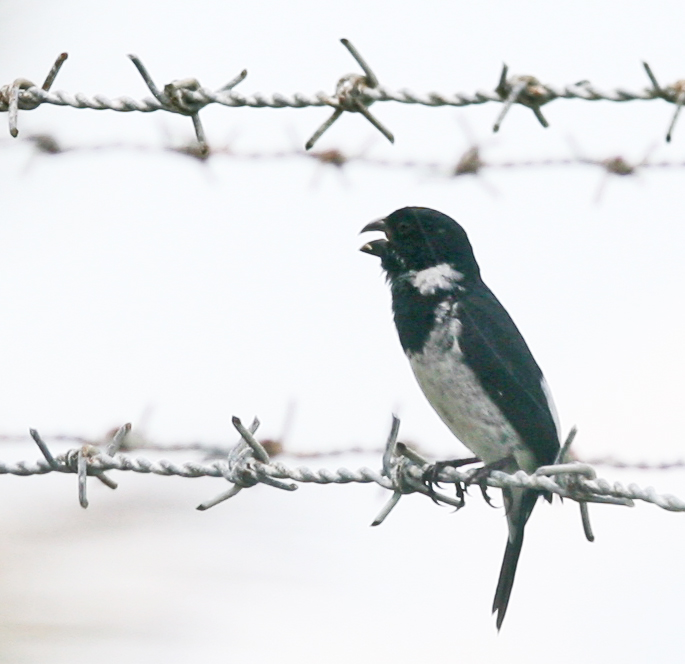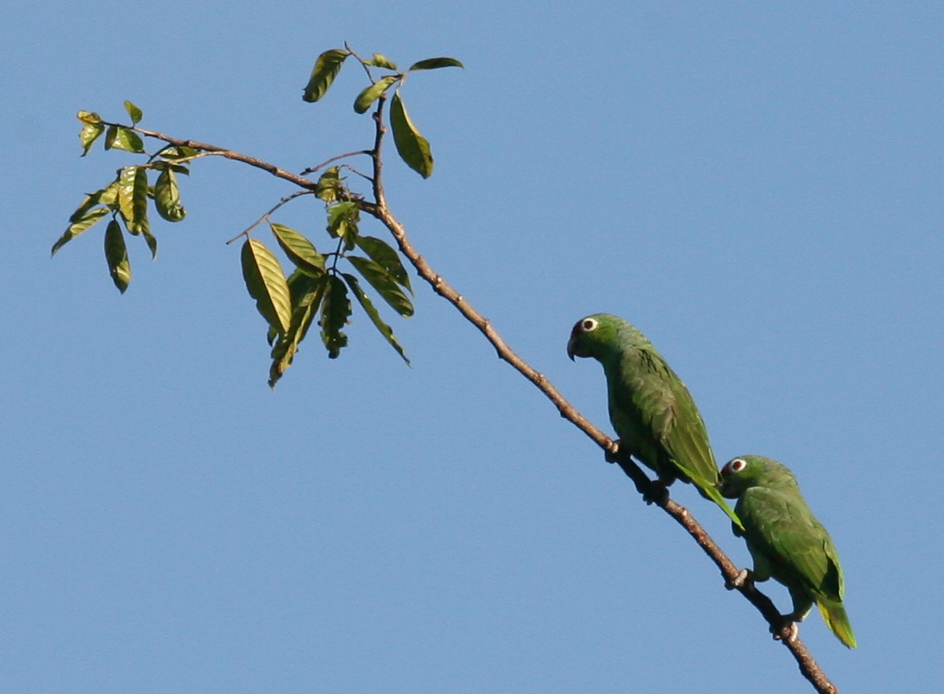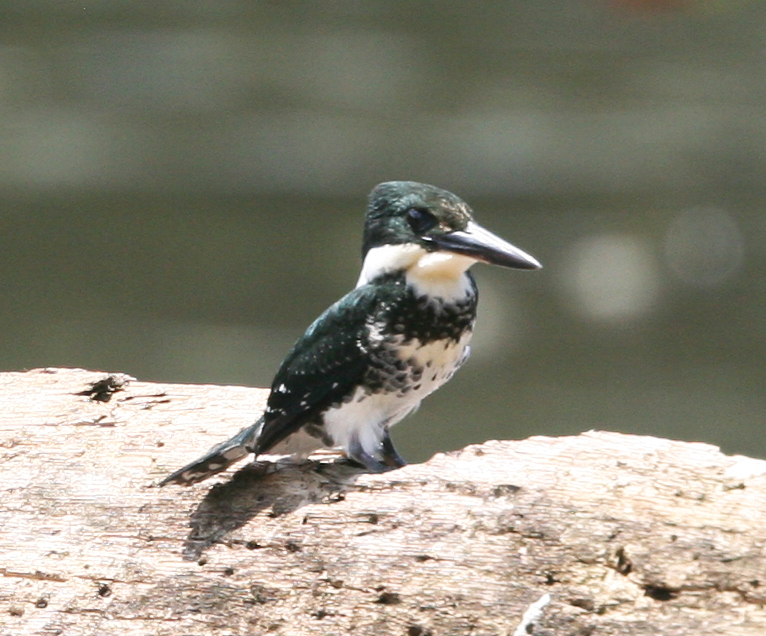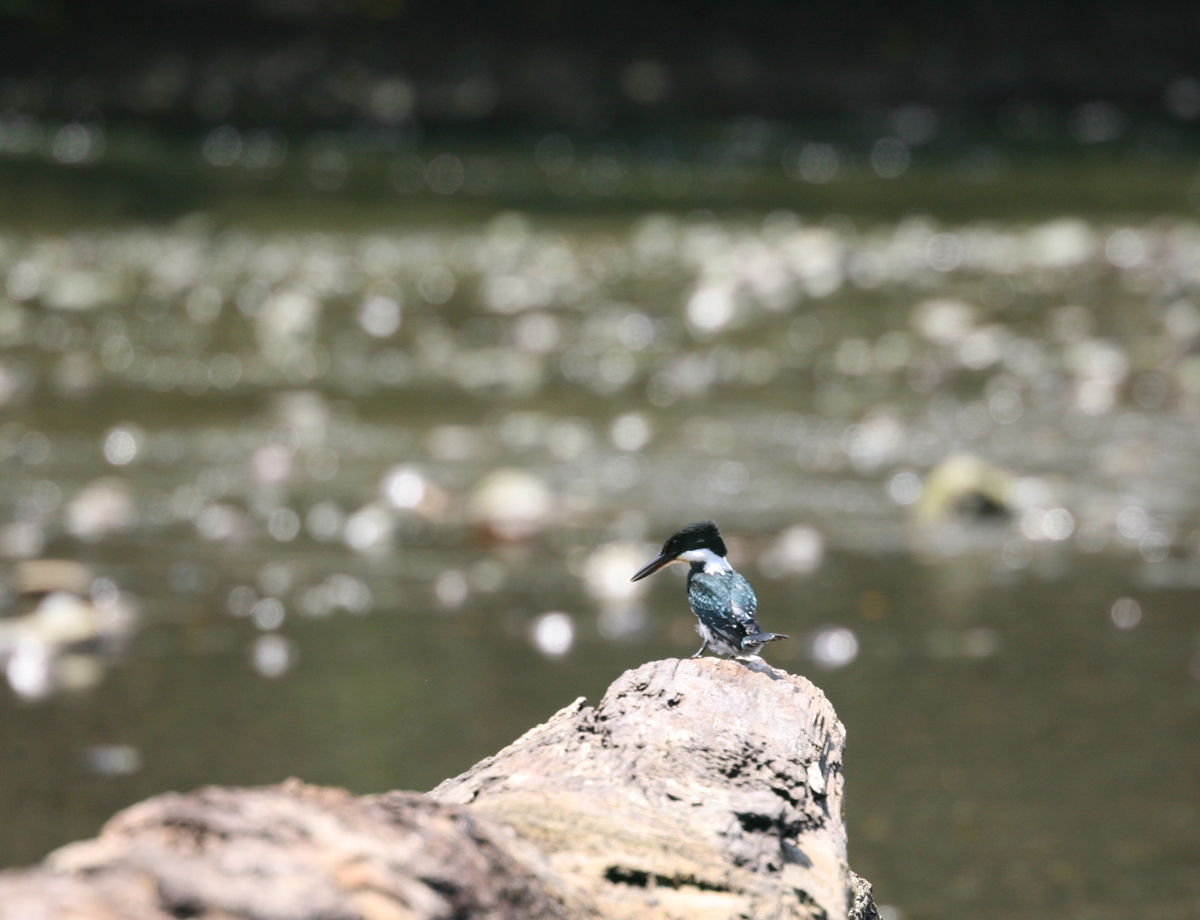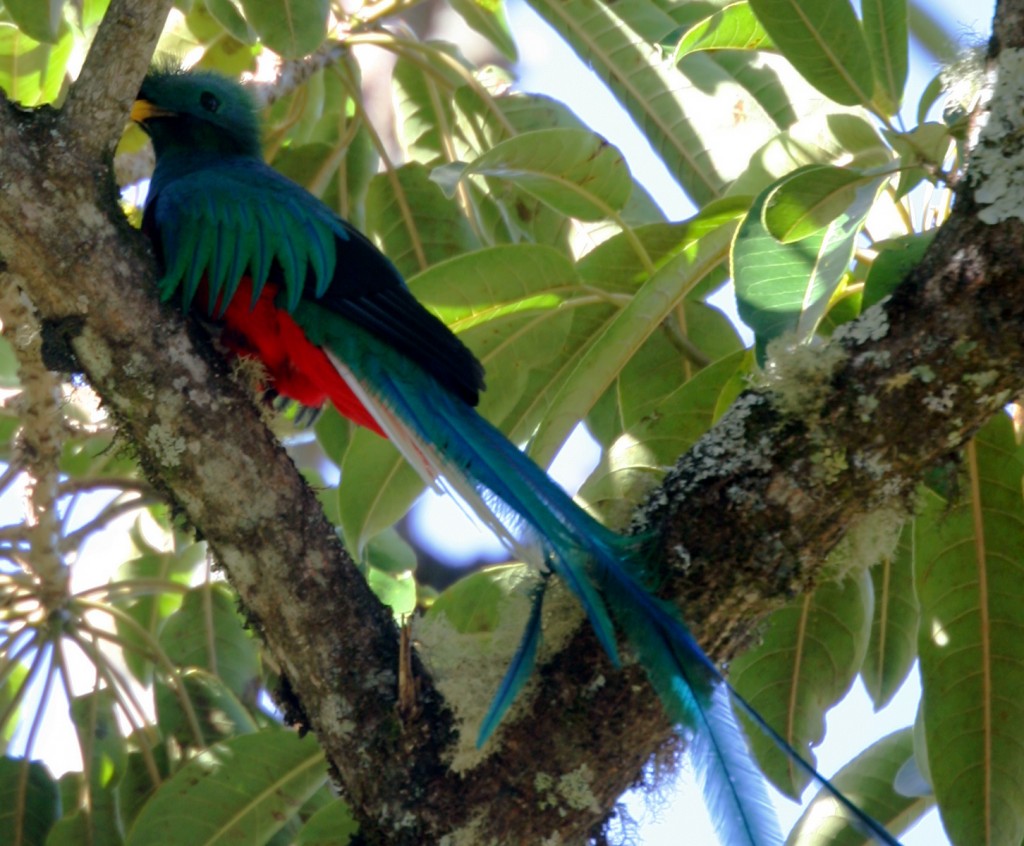
Resplendent Quetzals (Pharomachrus mocinno) are part of the trogon family, and while the females of this dimorphic species do look like other trogons, male Resplendent Quetzals are, well, quite resplendent! I’ve always thought they looked more like elaborate women’s hats than birds, with their frizzy heads, extra long upper-tail coverts, and fancy shoulders. Resplendent Quetzals live in limited regions of the central highlands, and I’ve only seen them in one area near the upper Savegre River valley where these dandies were photographed.
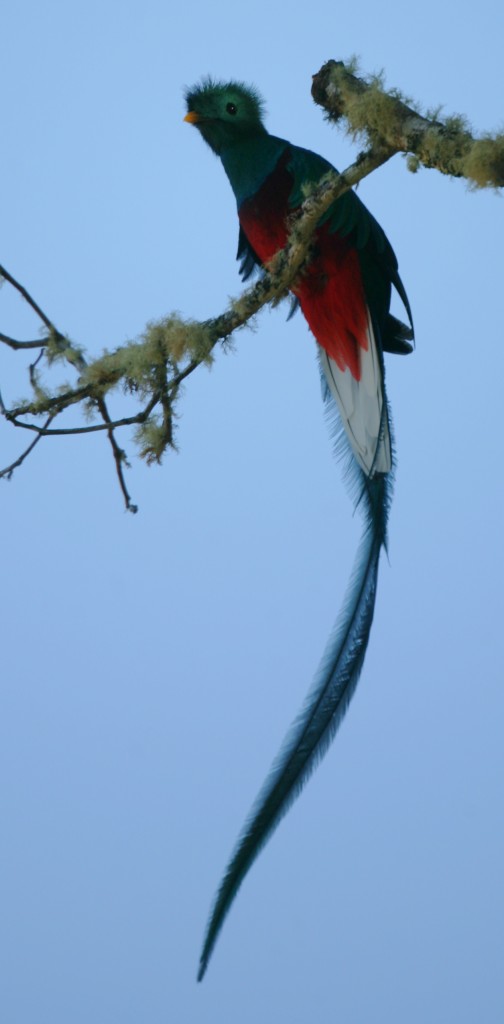
All media is copyright costaricawildlife.net, 2013.
